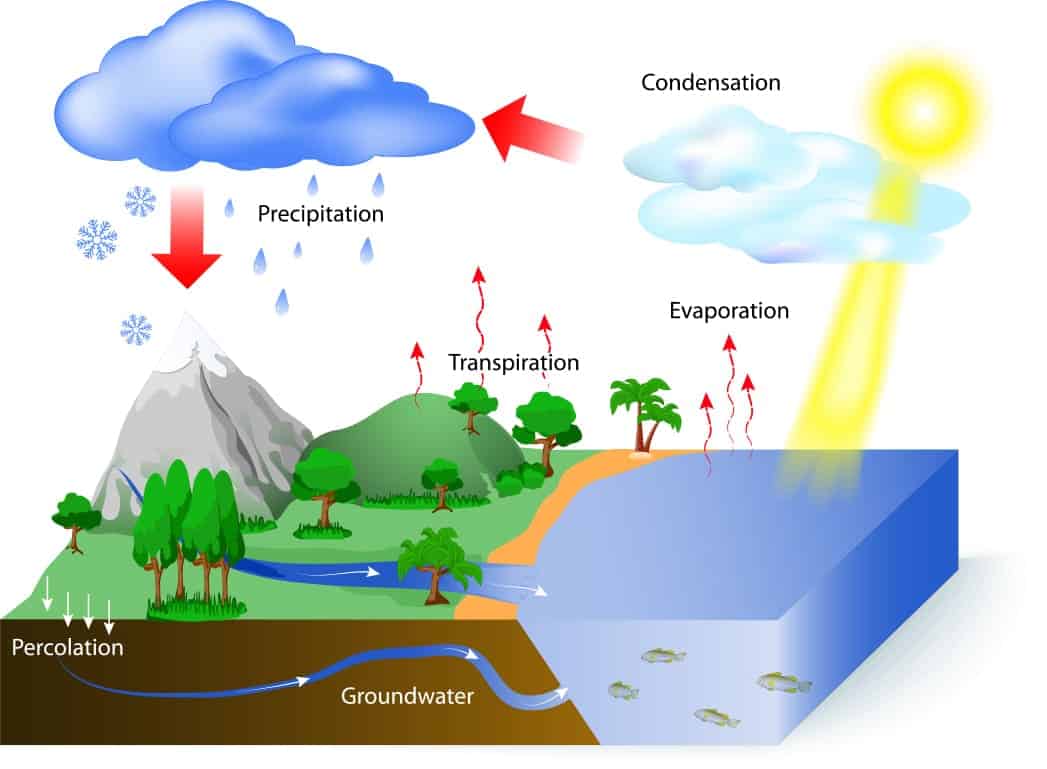As a grower, you’ve got a lot on your mind. You rely on your equipment to produce the best crops available in the marketplace. You depend on your staff at harvest time, knowing that they have been well trained and can get the job done on schedule and ahead of the deadline. You also place faith in your intuition when it comes to problem solving on the fly. Some of your most common foes often stem from disease outbreaks, fertility issues or a change in the weather. Fortunately, one of your best defenses against problems in the field is knowing how to properly irrigate. Your plants are relying on you to give them the water that they need so that they can grow quickly and efficiently. For this reason, it is good to understand some of the pressures that a plant faces during the course of a day. This information can help you to build the best strategy for how and when to time your irrigation decisions.
As a plant grows, it takes up water through its roots. Approximately .1% of the water taken in by a plant is used to produce plant tissue. The remaining 99.9% is lost through evapotranspiration. Transpiration is the loss of water through a plant’s stomata (or pores). When a plant is producing food through the act of photosynthesis, transpiration rates are at their highest. It comes as no surprise that when water becomes unavailable to a plant due to inefficient irrigation, photosynthesis and growth slow down and the plant’s stomata begin to close to prevent desiccation. With enough water stress, a plant can literally dehydrate itself through water loss as it attempts to continue to grow and produce food. Think about your own needs on a hot, sunny day. Without regular fluid intake, our bodies begin to suffer, salts build up in our kidneys and in severe cases, hospitalization is necessary to treat heat-related illness. Plants are no different. For this reason, it is imperative to have a well-maintained irrigation system to prevent crop failure. An efficiently irrigated crop is worth more financially to the grower because it maintains the best flavor profile, has a significantly higher harvest weight than an under-irrigated crop and has a longer shelf life, even after transport.
When is the best time to irrigate and how do you determine the frequency? Fortunately, there are experts available to help answer these questions. The truth is that there is no one size fits all when it comes to building an irrigation system. Depending on your unique microclimate and soil type, you may need to irrigate in a way that is different from your neighbor in order to maintain optimal plant growth. It is also important to understand that irrigation needs change throughout the seasons and vary by crop type. The experts at Fruit Growers Supply have been serving California growers since 1907. Fruit Growers Supply irrigation specialists are available six days a week and are ready to help you build the best irrigation system for achieving your personal production goals.
Contact us to learn how we can help you with irrigation efficiency.

You must be logged in to post a comment.